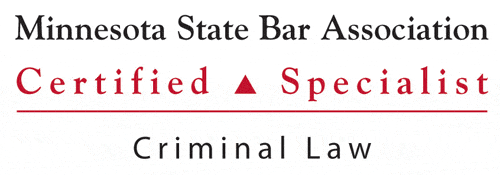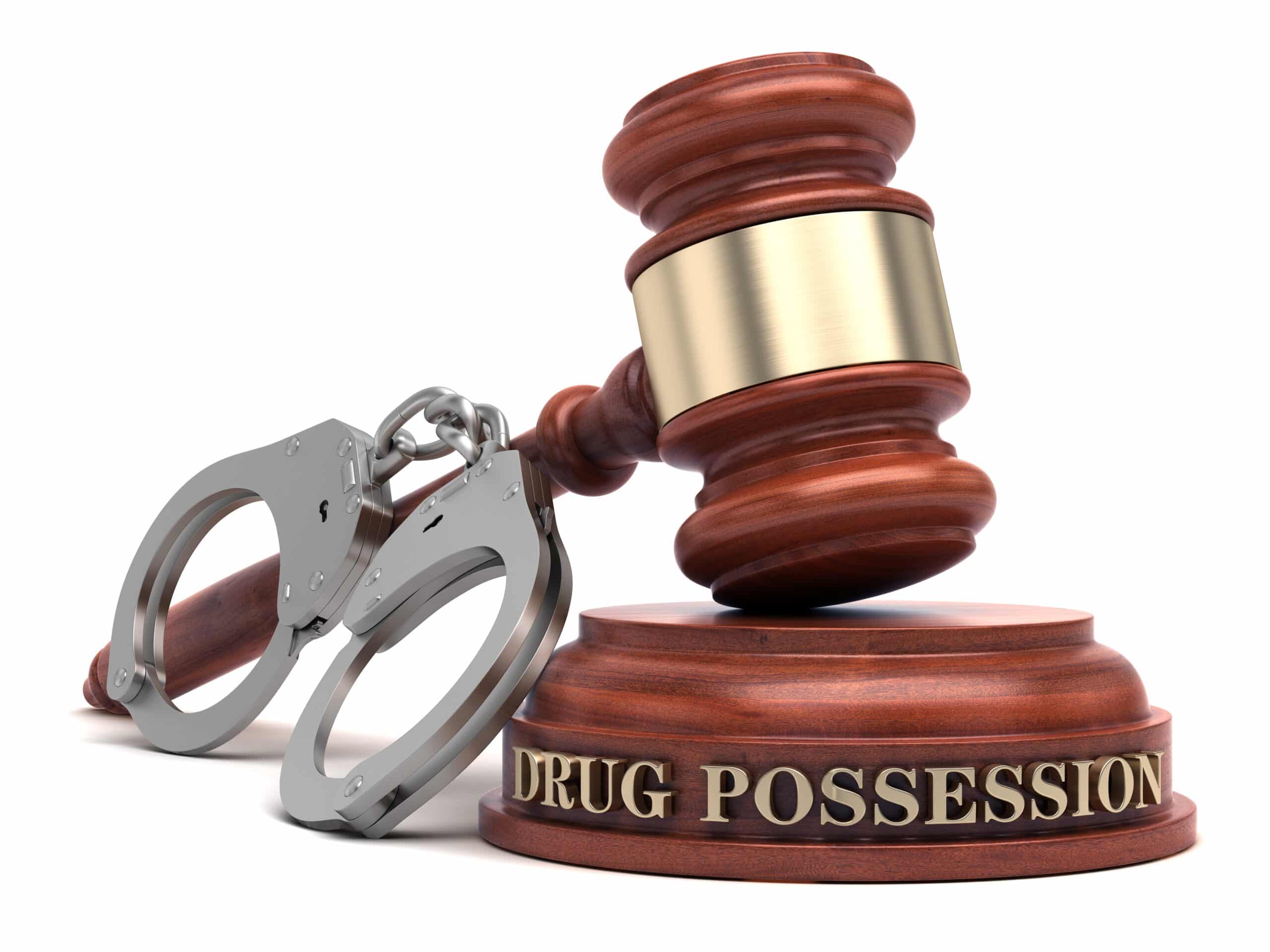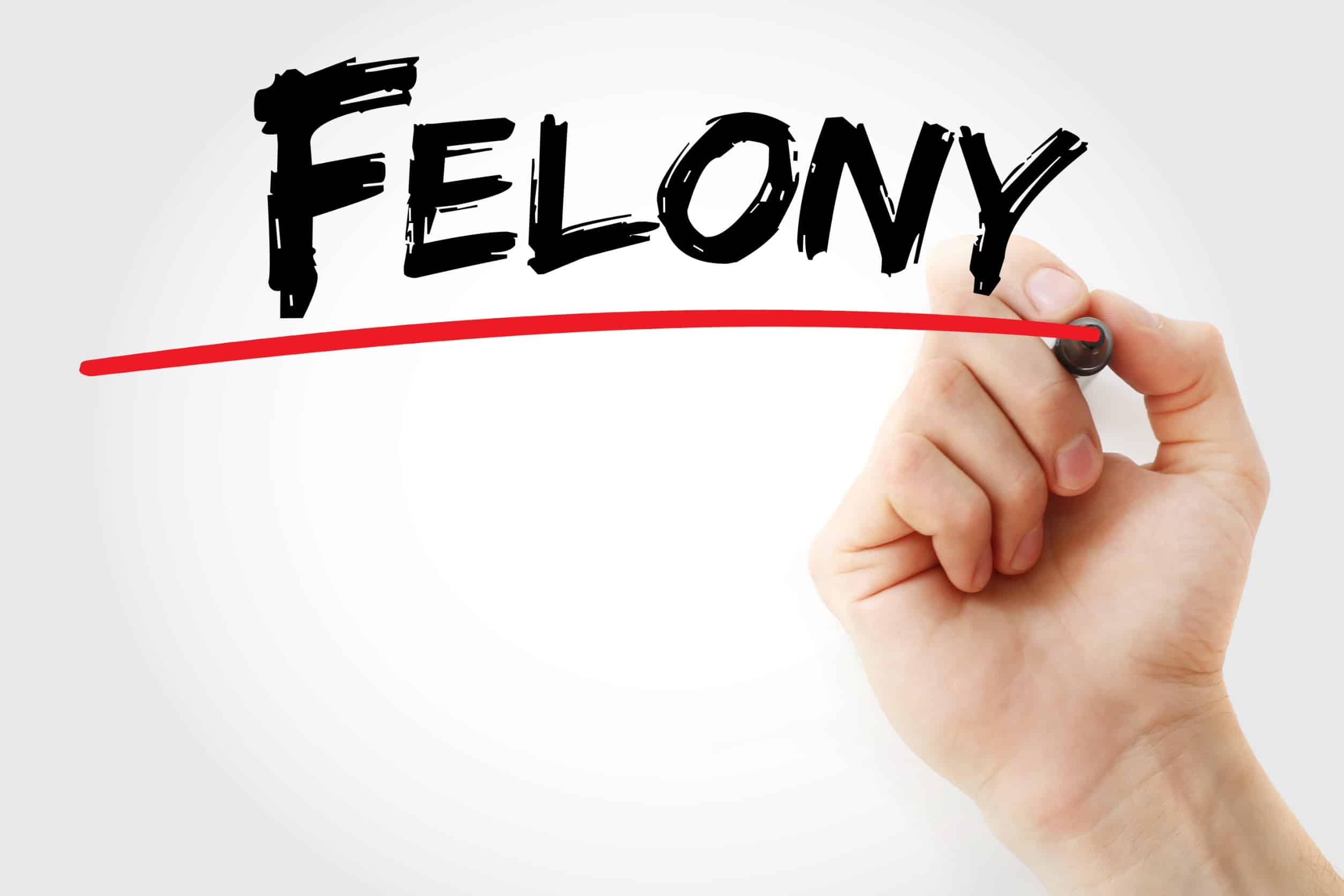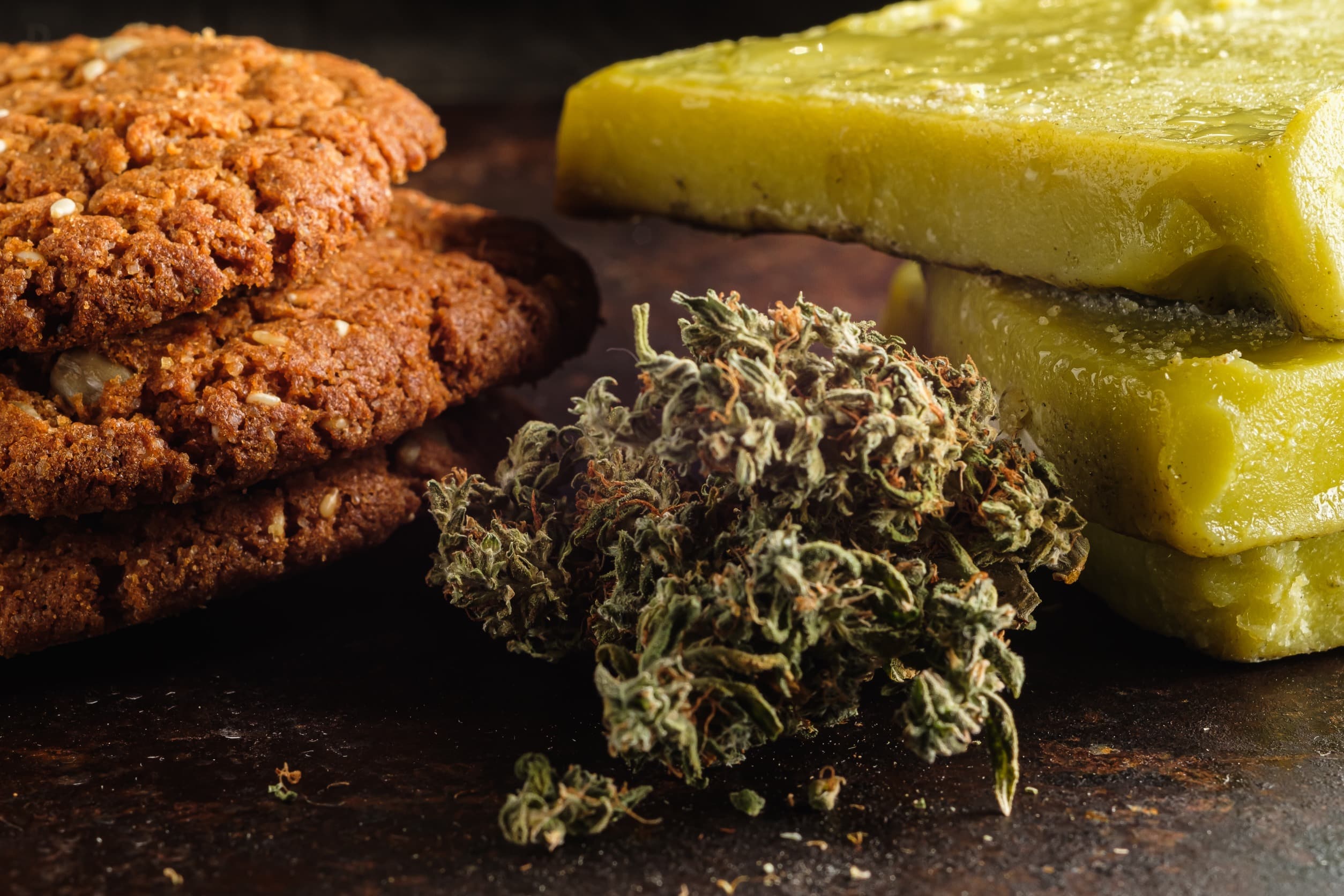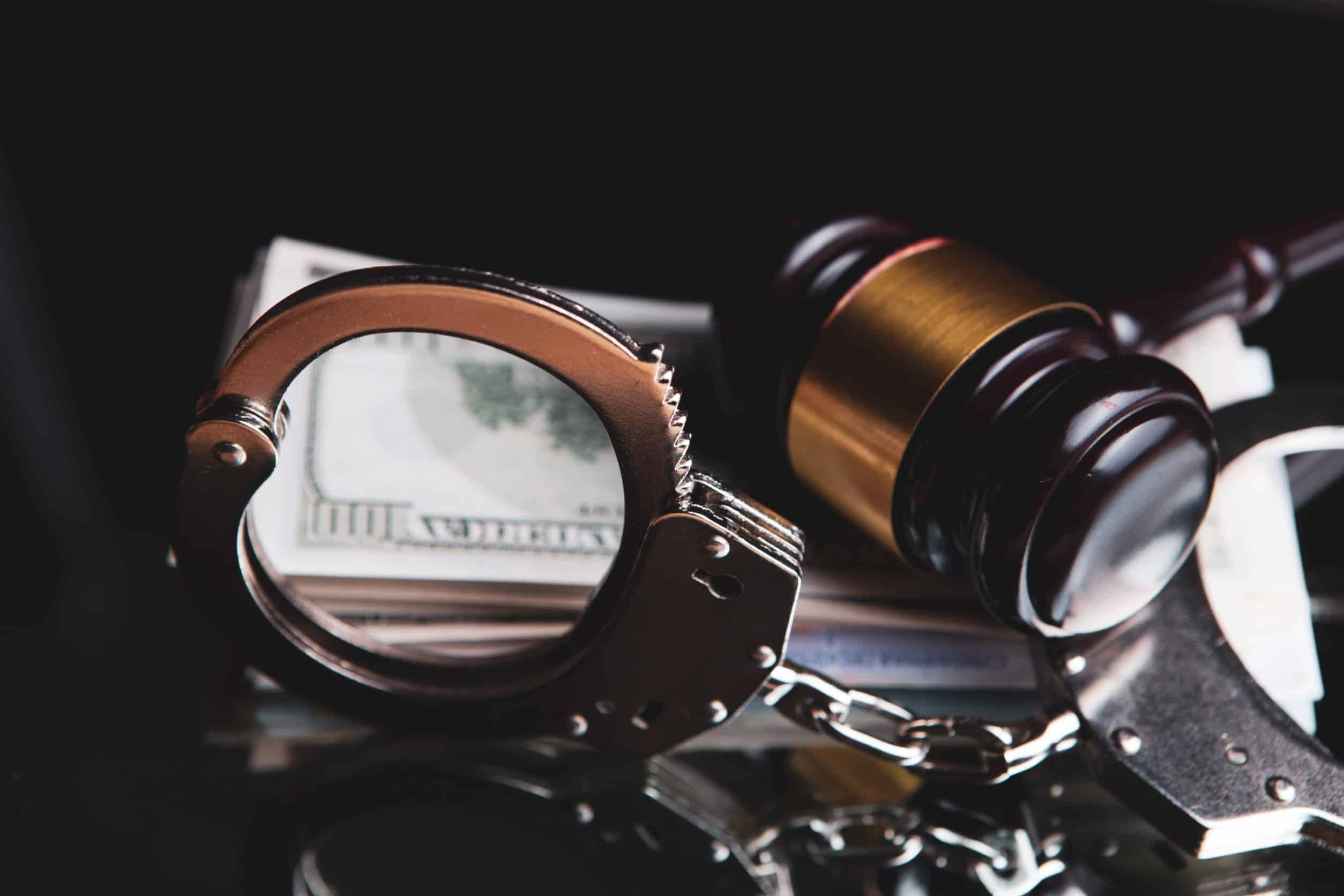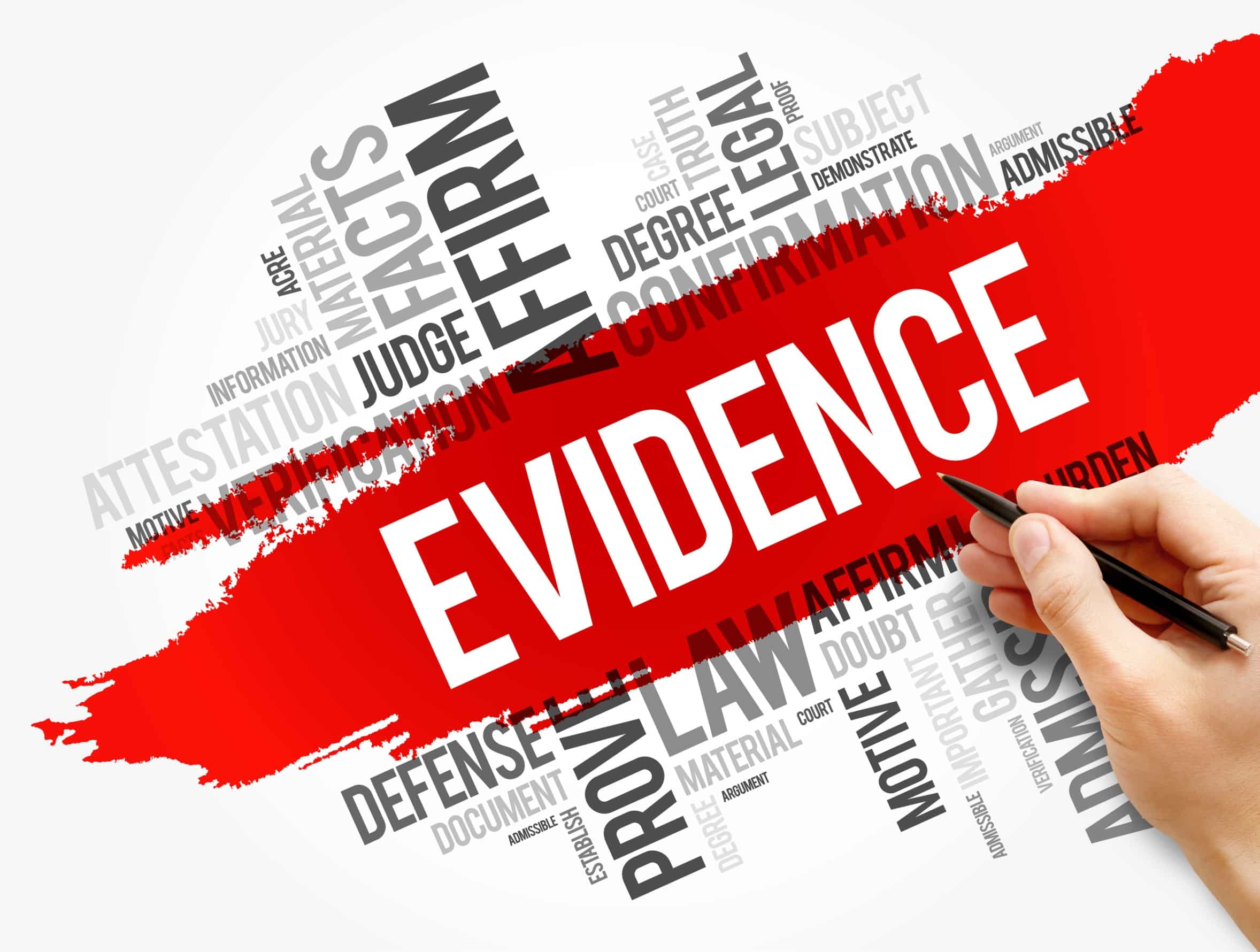Drug possession laws in Minnesota are strict, with severe penalties for those convicted. Despite this, when many Minnesotans think about drug possession charges, they imagine relatively minor misdemeanor charges and the modest penalties associated with them.
These drug charges do exist, but they are only for the possession of incredibly small quantities of certain kinds of drugs. Possession of most types of illegal substances is considered a felony. The only real exceptions are for marijuana, some prescription drugs, and some synthetic cannabinoids and synthetic cathinones – and again, only if you are arrested with a very minimal amount.
So, if you are surprised to find yourself charged with felony drug possession, what should you expect?
Below, we have created an in-depth guide to felony drug possession laws in Minnesota, including the classifications, penalties, and potential defenses.
How Minnesota Classifies Controlled Substances
Our state categorizes controlled substances into five schedules, similar to federal law, based on their potential for abuse and medical use:
Schedule I: Drugs with a high potential for abuse and no accepted medical use.
Schedule II: Drugs with a high potential for abuse but some accepted medical use.
Schedule III: Drugs with a lower potential for abuse and accepted medical use.
Schedule IV: Drugs with a low potential for abuse and accepted medical use.
Schedule V: Drugs with the lowest potential for abuse and accepted medical use.
As mentioned above, drug possession charges are heavily influenced by the drug’s schedule and the amount in possession. Typically, possession of drugs classified in the more dangerous schedules (Schedule I and II) leads to felony charges due to their high potential for abuse and lack of accepted medical use in many cases.
Here is a detailed look at the drug schedules that automatically lead to felony charges in Minnesota:
Possession of Schedule I and II Drugs: A MN Felony
Schedule I Drugs
Examples: Heroin, LSD, ecstasy (MDMA), and certain synthetic cannabinoids.
Penalties: Possession of any amount of a Schedule I drug is typically charged as a felony. The severity of the felony charge can vary depending on the amount possessed and other circumstances.
Schedule II Drugs
Examples: Cocaine, methamphetamine, oxycodone, fentanyl, and methadone.
Penalties: Similar to Schedule I drugs, possession of any amount of a Schedule II drug generally results in felony charges. The severity of the charges can depend on the quantity and context of possession.
How Felony Drug Possession Charges Break Down in Minnesota
In Minnesota, felony drug possession charges depend on the type and amount of the controlled substance involved. Here are the key distinctions:
First-Degree Drug Possession
First-degree drug possession involves possessing large amounts of controlled substances categorized under Minnesota Statutes Chapter 152. It is defined by the amount of the drug in possession and can include drugs from various schedules.
Critical criteria for first-degree drug possession include:
Which Controlled Substances Are Involved?
Cocaine. Amount Required for Charge: 50 grams or more of cocaine powder or crack cocaine.
Methamphetamine. Amount Required for Charge: 50 grams or more.
Heroin and Fentanyl. Amount Required for Charge: 25 grams or more.
Other Narcotic Drugs. Amount Required for Charge: 500 grams or more.
Amphetamine and Phencyclidine. Amount Required for Charge: 500 or more grams or 500 or more dosage units.
Hallucinogens. Amount Required for Charge: 500 or more grams or 500 or more dosage units of hallucinogens like LSD.
Marijuana. Amount Required for Charge: 50 or more kilograms or 500 or more marijuana plants.
Cannabis Concentrate. Amount Required for Charge: 10 or more kilograms.
Edible Cannabis Products, Lower-potency Hemp Edibles, Hemp-derived Consumer Products, or Any Combination of Those. Amount Required for Charge: must be infused with more than one kilogram of tetrahydrocannabinol.
What Are the Penalties for First Degree Drug Possession?
First-degree drug possession is a felony with severe penalties. The severity of the sentence depends on the amount of the drug and the case’s specifics.
Possible penalties include up to 40 years in prison, fines up to $1,000,000, and probation or parole, which may consist of regular check-ins with a probation officer, drug testing, and compliance with other court-ordered requirements.
Second-Degree Drug Possession
Second-degree drug possession in Minnesota is defined under Minnesota Statutes Section 152.022. It generally involves possessing substantial quantities of certain controlled substances but less than what would constitute first-degree possession.
Key criteria include:
Which Controlled Substances Are Involved?
Cocaine and Methamphetamine. Amount Required for Charge: 25 grams or more.
Heroin and Fentanyl. Amount Required for Charge: Six or more grams or 50 or more dosage units.
Other Narcotic Drugs. Amount Required for Charge: 50 doses or more, or 50 grams or more of mixtures containing narcotic drugs other than cocaine, methamphetamine, or heroin.
Amphetamine, Phencyclidine, and Hallucinogens. Amount Required for Charge: 50 or more grams or 100 or more dosage units.
Marijuana. Amount Required for Charge: 25 or more kilograms (less than 50) or 100 or more marijuana plants (less than 500).
Cannabis Concentrate. Amount Required for Charge: Five or more kilograms.
Edible Cannabis Products, Lower-potency Hemp Edibles, Hemp-derived Consumer Products, or Any Combination of Those. Amount Required for Charge: must be infused with 500 or more grams of tetrahydrocannabinol.
What Are the Penalties for Second Degree Drug Possession?
Second-degree drug possession is a felony in Minnesota with severe penalties. The exact punishment can vary based on the circumstances, but the general penalties include up to 25 years in prison, up to $500,000 in fines, and the possibility of probation or parole conditions, including regular reporting to a probation officer, mandatory drug testing, and participation in drug treatment programs..
Third Degree Drug Possession
Third-degree drug possession is defined under Minnesota Statutes Section 152.023. This statute outlines specific criteria regarding the amounts and types of controlled substances involved.
Key criteria include:
Which Controlled Substances Are Involved?
Cocaine and Methamphetamine. Amount Required for Charge: 25 grams or more.
Heroin. Amount Required for Charge: Three or more grams.
Fentanyl. Amount Required for Charge: Five or more grams or 25 or more dosage units.
Other Narcotic Drugs. Amount Required for Charge: 50 doses or more, or 10 grams or more of mixtures containing narcotic drugs other than fentanyl or heroin.
Amphetamine, Phencyclidine, and Hallucinogens. Amount Required for Charge: 50 or more grams or 100 or more dosage units.
Marijuana. Amount Required for Charge: Over 10 kilograms.
Cannabis Concentrate. Amount Required for Charge: Over two kilograms.
Edible Cannabis Products, Lower-potency Hemp Edibles, Hemp-derived Consumer Products, or Any Combination of Those. Amount Required for Charge: must be infused with over 200 grams of tetrahydrocannabinol.
Any Schedule I or II Narcotic Drug. Amount Required for Charge: Any, provided the individual in possession is “in a school zone, a park zone, a public housing zone, or a drug treatment facility.”
LSD, 3,4-Methylenedioxyamphetamine, or 3,4-Methylenedioxymethamphetamine. Amount Required for Charge: Five or more doses, provided the individual in possession is “in a school zone, a park zone, a public housing zone, or a drug treatment facility.”
Amphetamine and Methamphetamine. Amount Required for Charge: Any, provided the individual in possession is “in a school zone, a park zone, a public housing zone, or a drug treatment facility.”
What Are the Penalties for Third Degree Drug Possession?
In Minnesota, third degree drug possession can be punished by up to 20 years in prison and fines up to $250,000.
Fourth Degree Drug Possession
Fourth-degree drug possession in Minnesota is defined under Minnesota Statutes Section 152.024. This statute outlines specific criteria regarding the types and amounts of controlled substances involved.
Key aspects include:
Which Controlled Substances Are Involved?
Phencyclidine or Hallucinogens. Amount Required for Charge: 10 or more dosage units.
Any Schedule I, II, or III Drug (except marijuana or Tetrahydrocannabinol). Amount Required for Charge: Any if there is an intent to sell.
What Are the Penalties for Fourth Degree Drug Possession?
In Minnesota, fourth degree drug possession can be punished by up to 15 years in prison and/or fines up to $100,000.
Fifth Degree Drug Possession
Fifth degree drug possession is defined under Minnesota Statutes Section 152.025. This statute outlines specific criteria regarding the types and amounts of controlled substances involved.
Key aspects include:
Which Controlled Substances Are Involved?
Any Schedule I, II, III, or IV Drug. Amount Required for Charge: Any. Substance exceptions include cannabis flower, cannabis products, lower-potency hemp edibles, or hemp-derived consumer products, or a residual amount of one or more mixtures of controlled substances contained in drug paraphernalia.
Any Controlled Substances. Applies when someone “procures, attempts to procure, possesses, or has control over a controlled substance by any of the following means:
(i) fraud, deceit, misrepresentation, or subterfuge;
(ii) using a false name or giving false credit; or
(iii) falsely assuming the title of, or falsely representing any person to be, a manufacturer, wholesaler, pharmacist, physician, doctor of osteopathic medicine licensed to practice medicine, dentist, podiatrist, veterinarian, or other authorized person for the purpose of obtaining a controlled substance.”
What Are the Penalties for Fifth Degree Drug Possession?
In Minnesota, fifth-degree drug possession can be punished by up to five years in prison and/or fines up to $10,000.
Defense Strategies That Can Be Used to Combat Minnesota Felony Drug Possession Charges
Facing a felony drug possession charge can be daunting, but there are quite a few legal defenses that a knowledgeable Minnesota criminal attorney may be able to use to contest your charges. The effectiveness of these defenses depends on the specifics of the case, including the circumstances of the arrest, the evidence against the defendant, and the type of controlled substance involved.
Here are ten of the most common legal defenses used in felony drug possession cases in Minnesota:
1. Illegal Search and Seizure
Your lawyer argues that the evidence was obtained through an unlawful search or seizure, violating your Fourth Amendment rights.
An example of illegal search and seizure is if law enforcement officers conduct a search without a valid warrant or probable cause. In this situation, any evidence found during that search might be inadmissible in court.
2. Lack of Knowledge
This is a common defense, contending that you did not know that any drugs were present.
It may seem like a tough argument to make, but if the drugs were found in a shared space or hidden by another person without your knowledge, the defense can argue that you did not knowingly possess the drugs.
3. Chain of Custody Issues
Your attorney may attempt to use this one if the appearance of shoddy police work exists. Essentially, the argument is that lapses or mistakes were made in the handling of evidence, raising questions about its integrity.
If the prosecution cannot establish a clear and unbroken chain of custody for the drug evidence, your lawyer might argue that the evidence could have been tampered with or is otherwise unreliable, making it difficult to prove your guilt.
4. Medical Necessity
This one only works with certain controlled substances. The strategy here is to show that the drugs in your possession were for legitimate medical purposes and that you had a valid prescription.
Quite simply, if you have a valid prescription for the controlled substance, your lawyer can argue that your possession of the drug was lawful.
5. Entrapment
Only useful in very specific situations. The defense here is an attempt to show that you were induced by law enforcement to commit a crime that you otherwise would not have committed.
An example might be if undercover officers coerced or persuaded you into possessing the drugs. This would amount to entrapment by law enforcement.
6. Misidentification
A common strategy against just about any criminal charge: you were wrongly identified. In this case, someone else was in possession of the drugs, but somehow, you were arrested and charged.
This can be a reasonably strong defense in cases where multiple individuals are present. The defense can argue that the drugs belonged to someone else and that you were mistakenly identified as the possessor.
7. Insufficient Evidence
Simple and straightforward. The prosecution lacks sufficient evidence to prove beyond a reasonable doubt that you possessed the drugs.
Essentially, your attorney would be challenging the quantity and quality of the evidence presented by the prosecution, arguing that it does not meet the legal standard for a conviction.
8. Temporary Possession
This is an interesting one. Your attorney is admitting that, yes, you possessed the drugs, but that you only did so temporarily and that you had no intent to exercise control over them.
Some examples of this might be an argument that you took the drugs from someone momentarily to dispose of them or that you were transferring them to the rightful owner. Be careful with possession arguments, though, as this is an area of the law that can be quite complicated.
9. Miranda Rights Violation
While not an argument that is likely to get your charges completely cleared, it can still be valuable to assert that your rights were violated because you were not read your Miranda rights during the arrest.
This can be particularly helpful if you made incriminating statements without being informed of your right to remain silent or your right to an attorney because your attorney can argue that those statements should be excluded from evidence.
10. Faulty Laboratory Analysis
If the substance in question was not adequately tested or was misidentified by the crime lab, your lawyer can request an independent analysis to verify that it is indeed a controlled substance and that it meets the quantity required for felony charges.
As you can see, felony drug possession in Minnesota carries severe penalties, reflecting our state’s strict stance on drug-related offenses. Understanding the classifications and potential defenses is crucial for anyone facing such charges. However, the best way to ensure the most favorable outcome is to work with legal counsel experienced in Minnesota drug possession cases.
About the Author:
Christopher Keyser is an AV-Preeminent rated criminal and DWI defense attorney based in Minneapolis who is known for fighting aggressively for his clients and utilizing innovative tactics to get the most positive results. He has been featured in numerous media outlets due to the breadth and depth of his knowledge and has been named a Certified Specialist in Criminal Law by the Minnesota Bar Association. Mr. Keyser is Lead Counsel rated, and he has received recognition for his criminal law work from Avvo, Expertise, and Super Lawyers.



